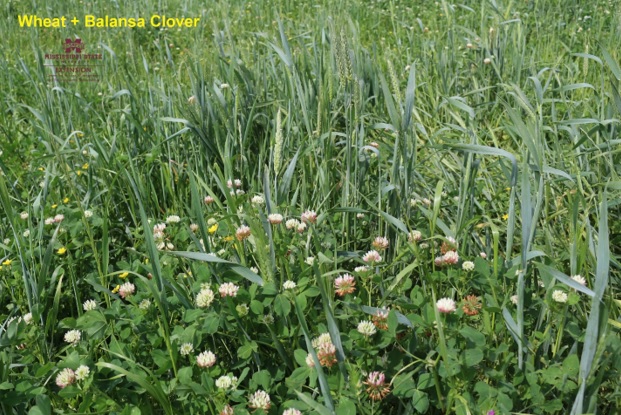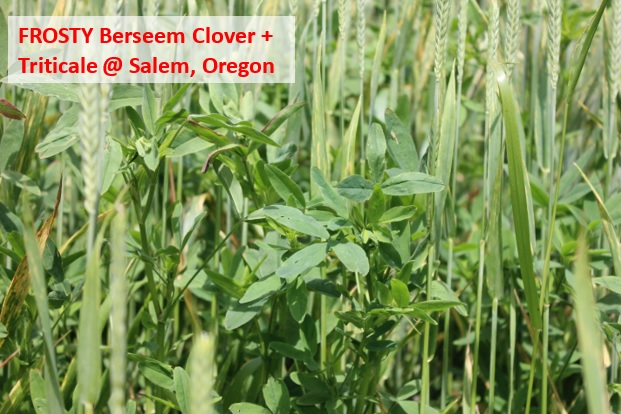Lately, the high price of annual ryegrass has got farmers throughout the South thinking about their options. What do you do when you need forage for livestock but the prices continue to escalate for seed? The counter-intuitive answer is that you spend more for seed and improve the composition of your forage.
Over the last five years, the price of annual ryegrass has increased by approximately 25%. This is due to a reduction in the supply of annual ryegrass seed grown. This is the result of higher-priced farmland in Oregon necessitating the shift to better revenue-producing crops.
However, despite these price increases, when looking at the price per acre of seed, straight annual ryegrass still looks like the cheapest option, at a cost of $23.40/A. for seed.

Using small grain seed that you grew or that was grown by a neighbor is a tempting option with today’s low grain prices. Before going down this path it is important to keep in mind that whatever weed issues were in the grain field could be spread over your other fields. It doesn’t take much weed seed to create a big problem. No matter the source of your planting seed, I recommend that you ask for a seed analysis or pull your own sample and send to a seed laboratory prior to planting. This little expense could save you a lot of headaches in the future.
At this point, you might be thinking about what to do to mitigate the cost. You could cut out or reduce the amount of fertilizer applied, but a pasture weakened by lack of fertility is only going to increase weed pressure and decrease both the quantity and quality of the forage.
One simple alternative is to add annual clovers to your pasture mix. Research conducted at universities in the South suggests that by adding annual clover you can reduce nitrogen inputs by 50-66% on grazed pastures. Another added benefit is that when grazing season is over, the dying clover residue can supply as much as 80 pounds of Nitrogen/A. That equates to more than $35/Acre in additional cost savings to the following crop or pasture.

As seen in the table above, no matter your grass or grain choice adding clover to your pasture will save you money.
One thing to contemplate when weighing the idea of planting small grains versus ryegrass is that the small grains will shift your grazing season forward. If planting small grains, you will need to be prepared to move livestock into the pasture earlier than you would ryegrass. It is important to graze the small grains and ryegrass early or they will smother out the clovers. Small grains will also likely die out before the clover; ryegrass matches up better with clovers. As the small grains die out, the risk of bloat will increase so make sure that you take preventative measures.

Of the clovers, Frosty Berseem clover will outlive both the ryegrass and small grains by up to four weeks. The nice thing about Berseem clover is that it is recognized as the only non-bloating clover. In two years of animal feeding trials at Mississippi State University, we saw no sign of bloat on cattle grazing straight Frosty Berseem clover. With a forage quality similar to that of alfalfa, Frosty Berseem can extend your grazing season beyond that of other clovers. Frosty also makes great hay as there is no leaf drop associated with Berseem clover, unlike of alfalfa.

No matter which clover species you include in your pasture, you will see improved animal performance due to the increase in crude protein. Improved weight gains, lower cost per acre, and residual nitrogen are all compelling reasons to include clover in your annual pasture. Get a better bang for your buck and include annual clovers this planting season, your wallet will thank you, your livestock will thank you, and the pollinators will thank you!
For a printable, PDF version of this blog, click below.


